Cannabis On A Cellular Level
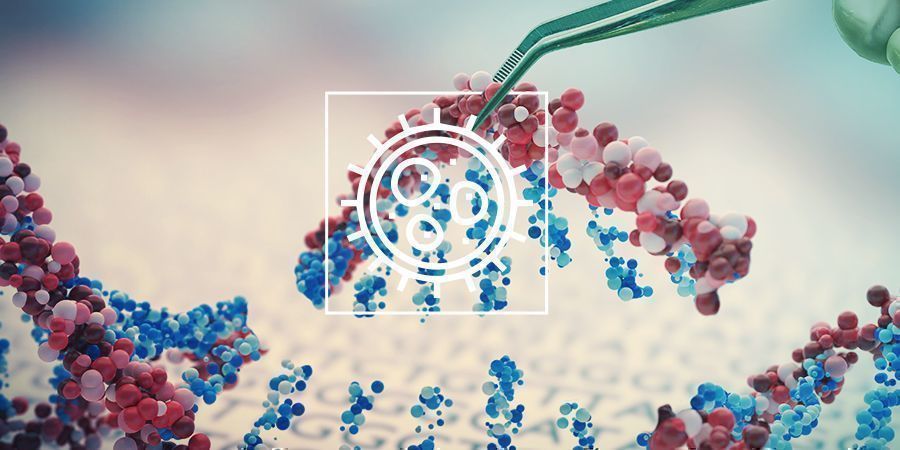
Growing cannabis can quickly shift from an interesting hobby into the pursuit of in-depth botanical knowledge. After a quick skim through a science textbook, you’ll realise that plants are complex living and breathing organisms. Acquiring a basic understanding of how plants work on cellular level can help you understand your plants’ needs.
Use the guide below to develop a better understanding of plant physiology. You won’t regret it! Next time you walk into your grow room, you won’t just be staring at a sea of green. You’ll be carefully eyeing millions of cells all working towards a common purpose—dank, sticky flowers!
As growers, we always obsess over things like lighting, ventilation, strains, nutrients, and growing techniques. But only a few growers are concerned with plant biology and cellular processes. And you may wonder why it is important to have an understanding of these processes when you grow cannabis. Well, to have a basic knowledge of the inner workings of a cannabis plant only makes you a better grower, because everything you do as a grower has an impact on the cellular level first. When you understand these plant functions better, you can alter the conditions of your plant for maximum health and efficiency.
In this article, we will explain all the different cellular processes and how they affect a plant's functions. We have all heard of these terms before in biology class, but probably buried this knowledge deep in our brains. So bear with us, it's not as complicated as it may seem, and you will only benefit from a more profound understanding of your plant's biology.
MEMBRANE AND CYTOPLASM
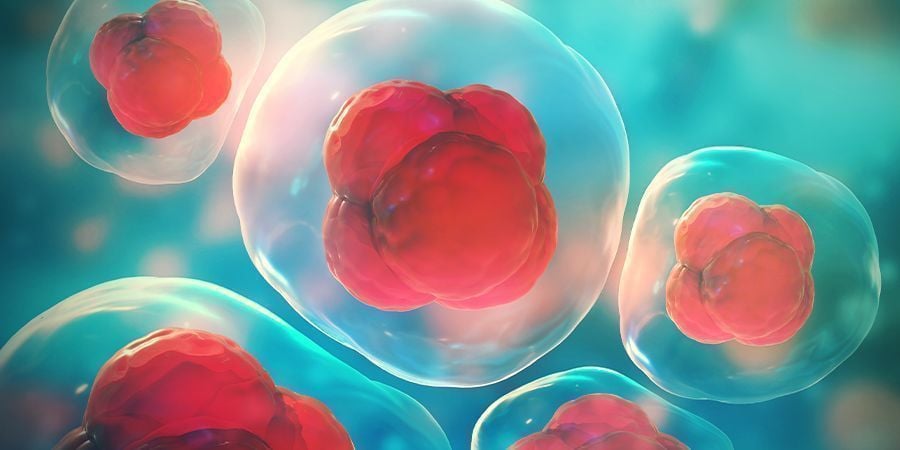
All cells have a cell membrane. A cell membrane consists of a double layer of lipids and proteins that surrounds the cell. It is selectively permeable, and thus regulates which molecules enter and exit the cell. Think of the cell like a castle and the cell membrane as the moat, which only has the drawbridge as an entrance and exit point for certain molecules. Oxygen, water, and carbon dioxide can easily pass this barrier, while ions, carbohydrates, and amino acids must pass through proteins in the membrane to control their rate of diffusion.
It also transports molecules within the cell and waste out of the cell through endocytosis and exocytosis. The cell membrane is used for cell communication and signalling as well. This way, the plant knows when to cool down or evaporate more.
Within the cell membrane is contained what is called the cytoplasm. The cytoplasm is basically the substance of the cell. It is made up of mostly water, and houses the molecular soup of the organelles (cell organs).
CHLOROPLASTS AND MITOCHONDRIA
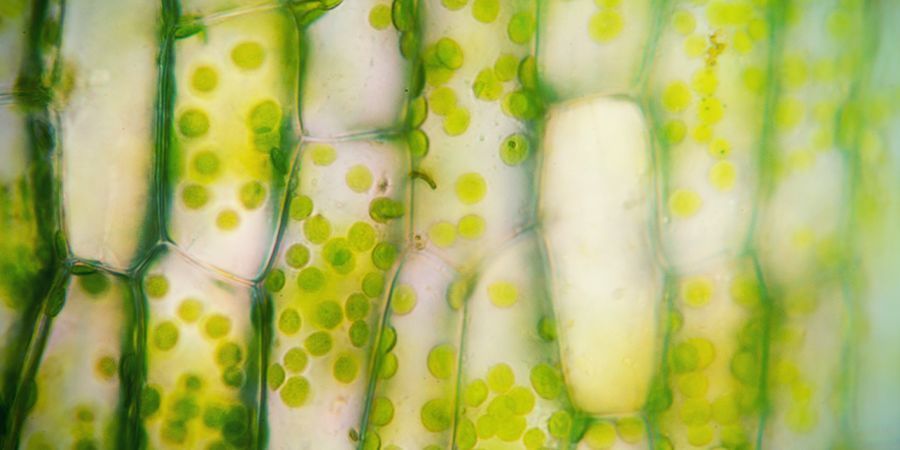
Chloroplasts are what power the plant via the process of photosynthesis (we all have heard of that one, haven't we?). Photosynthesis means that light energy is converted into chemical energy to produce oxygen and energy-rich organic compounds. Chloroplasts have a green colour and occur in all green tissues to absorb light energy. Photosynthesis helps to store the energy for later use.
Mitochondria are the "powerhouses of the cell". They turn that stored energy into chemical energy and provide approximately 90% of the energy a cell needs to survive! This energy is also used for the growth of the cannabis plant and the production of big, fat buds. As you can see, the close cooperation between chloroplasts and mitochondria is crucial for the process of photosynthesis.
ENDOPLASMIC RETICULUM, RIBOSOMES, NUCLEOLUS, GOLGI APPARATUS
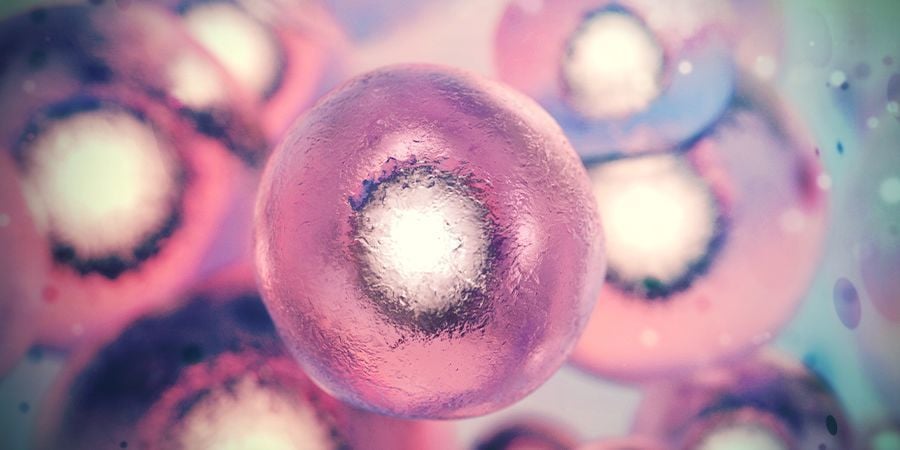
Every cell has an endoplasmic reticulum (ER). It works closely together with the ribosomes and the Golgi apparatus. The ER is a network of membranes inside the cytoplasm that is connected to the nucleus. Ribosomes give the ER a certain roughness. Ribosomes are consistently making proteins, which are formed in the nucleolus that is located inside the nucleus.
The smoother side of the ER stores these proteins. These protein storage parts break away and go to the Golgi apparatus where they are further processed. The Golgi apparatus packages the proteins into membrane-bound vesicles, before these vesicles are transferred to the cell membrane. This is why the Golgi apparatus gets compared to a post office a lot; it packages and labels items that are then sent to different parts of the cell that need them.
VACUOLES
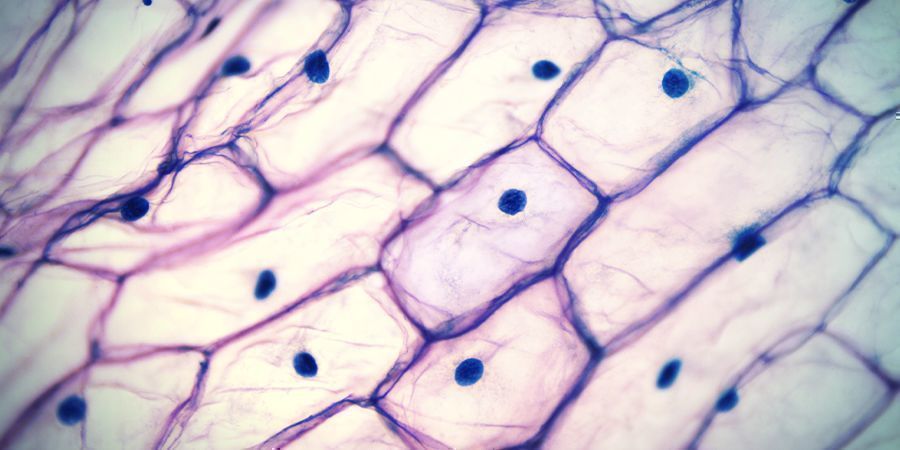
Vacuoles are storage bubbles or bags within the cell. They mostly contain water with stored nutrients and waste products. These tiny bags help the plant to get its support. The impact of vacuoles on the plant structure is actually visible.
They create tension by pressing against the cell walls, which makes the plant stiff. When they contain too little water, the plant will wilt because the vacuoles are shrinking. When the plant finds water, the vacuoles are refilled and regain their structure. This way, they play an important role in the plant's response to changing water levels in the growing medium. You can observe the water needs of your plant through the mechanics of the vacuoles.
NUCLEUS AND DNA
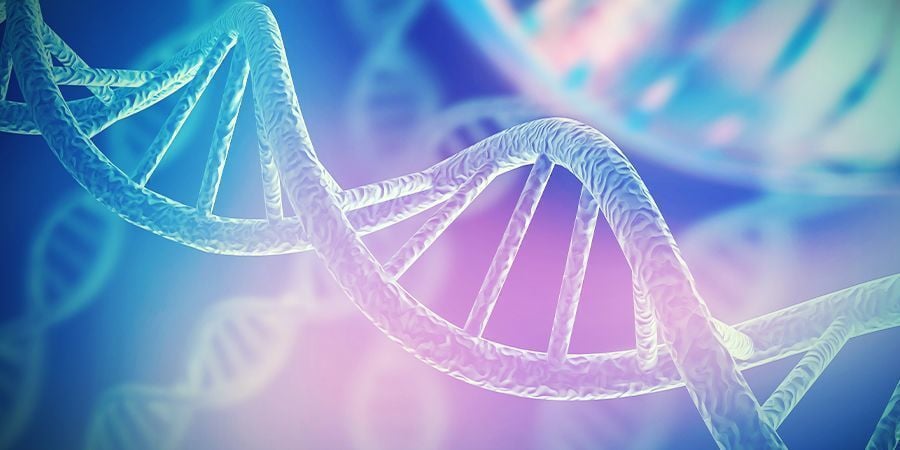
The nucleus is the core of the cell—its brain so to speak. It guides and manages all cell processes. The nucleus also contains all the genetic information (DNA). The DNA is the code for every cell in the plant. It is the same in every cell, but specific genes can be turned on or off. This determines the function of each cell.
When they are formed, cells have the potential to become any type of cell. They can function as a leaf cell, a root cell, or a storage cell. The plant hormones and the plant-produced sugars alter the DNA so that a specialisation of the cell occurs.
HORMONES
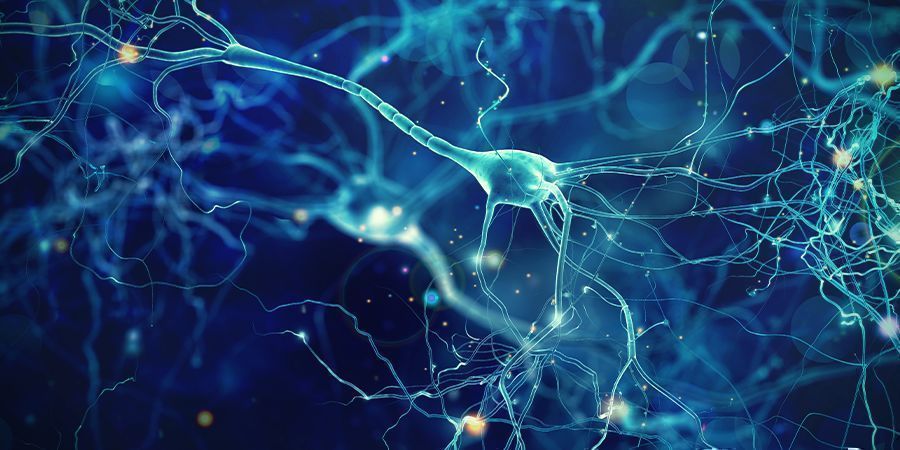
All parts of your cannabis plant are formed from tissues that are an accumulation of millions of cells. In order for this to work, the cells need to communicate. Here come the hormones into play, which act as messengers.
Sometimes, a cell has to be reassigned to a new function. For example, this occurs when you take cuttings and work with clones. The hormones inform the plant that new roots need to be formed to absorb water and nutrients, so the plant develops new cells that will become root cells. Furthermore, the hormones tell the plant that it has to use its reserves until the new root cells have developed. This is one example of how hormones act as envoys within the plant to adapt to extreme conditions.












 United States
United States








